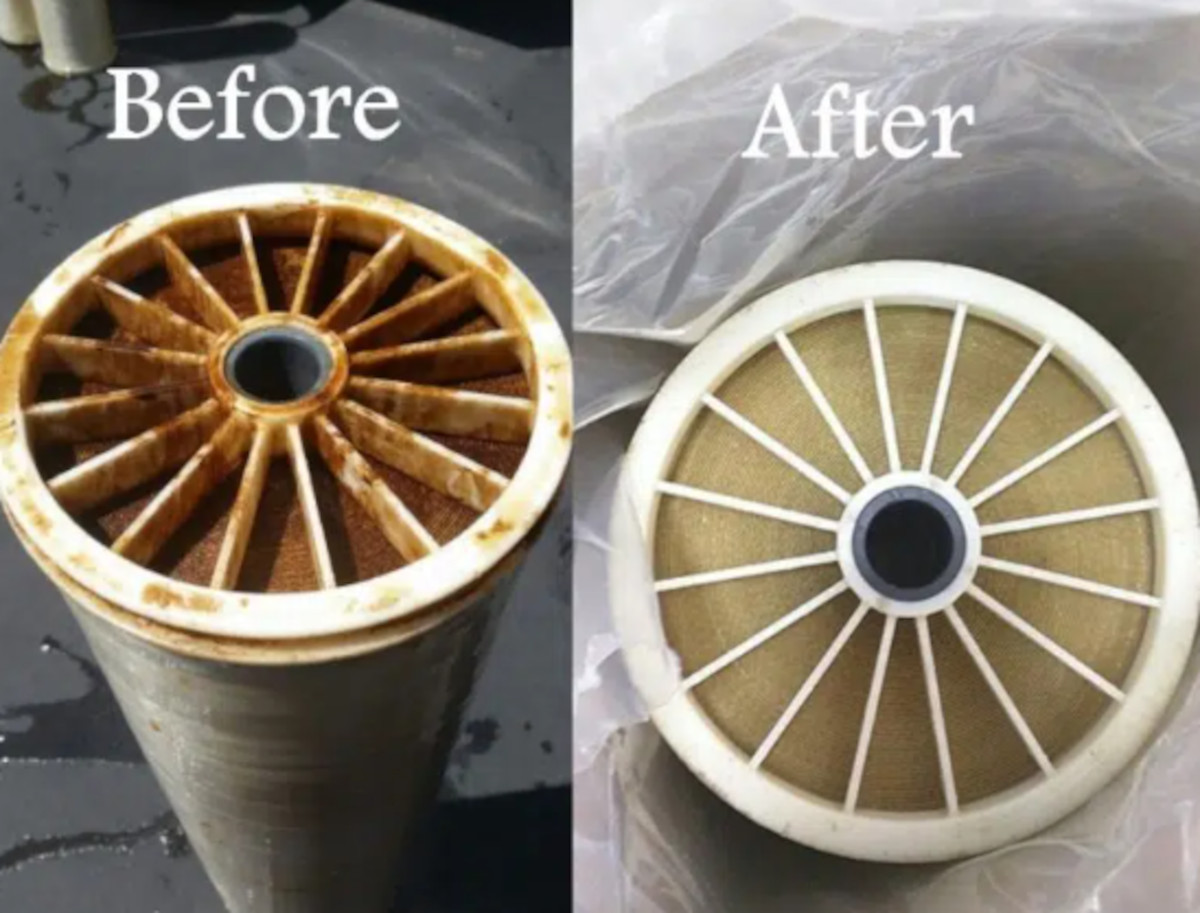How Does Reverse Osmosis Membrane Cleaning Work?
The main purpose of reverse osmosis (RO) membrane cleaning is to restore and maintain the system’s efficiency by removing accumulated contaminants such as scale, biofilm, and organic buildup. Over time, these deposits can clog the membrane surface, reducing water flow and increasing energy consumption. By regularly cleaning the membranes, you help the system operate at peak performance, ensuring consistent water quality and lower operational costs. This proactive part of RO system maintenance also extends the lifespan of the membranes, reducing the frequency and expense of replacements. In the long run, effective membrane cleaning translates into significant cost savings and more reliable system performance.

What Systems Require Reverse Membrane Cleaning?
Membrane-based water treatment systems like reverse osmosis, microfiltration, nanofiltration, and ultrafiltration rely on regular RO membrane fouling removal to operate efficiently. When you skip proper cleaning, contaminants such as organic matter, minerals, and biological growth build up on the membrane surface. This fouling reduces water quality, causes unpleasant odors, and leads to deposits forming along the membrane edges. These issues force the system to work harder, consume more energy, and risk premature failure. By cleaning membranes consistently, you protect system performance, extend membrane life, and avoid costly repairs or replacements.
What Signs Indicate Membrane Fouling?
- A noticeable increase in pressure drop at the first stage of a reverse osmosis system often signals membrane fouling caused by colloidal matter, whether inorganic buildup, organic buildup, or bacterial. These contaminants restrict flow and reduce system efficiency, making early detection and cleaning essential. Operators typically manage this by applying a low pH soak to dissolve inorganic buildup, followed by an alkaline cleaning to remove organic and biological material. This cleaning sequence restores performance and helps prevent long-term damage.
- When pressure drops rise at the final stage, mineral scaling is usually the cause, often from carbonate or sulfate deposits. Technicians identify the specific minerals involved by analyzing the feed and concentrate streams and reviewing system or antiscalant projections. This analysis guides the selection of the right cleaning agents—low pH cleaners for carbonate scale and alkaline chelant cleaners for sulfate scale. By targeting the exact type of scale, operators clean membranes more effectively and maintain consistent water quality.
How Frequently Should You Clean Reverse Osmosis Membranes?
Reverse osmosis (RO) membranes should typically be cleaned when performance indicators, such as pressure drop, salt rejection, or permeate flow, deviate by 10–15% from baseline operating conditions. Regular cleaning is a key part of RO system maintenance and helps restore performance, extend membrane life, and reduce operational costs. Industry best practices recommend cleaning every 3 to 12 months, depending on feed water quality and system usage.
Proactive RO Membrane Cleaning by Engineered H2O Solutions: Extend System Life and Optimize Performance
Engineered H2O Solutions offers expert RO membrane fouling removal services tailored to your system’s specific needs. Our team uses industry-approved cleaning protocols and advanced diagnostics to effectively eliminate fouling, restore membrane performance, and ensure long-term operational efficiency.